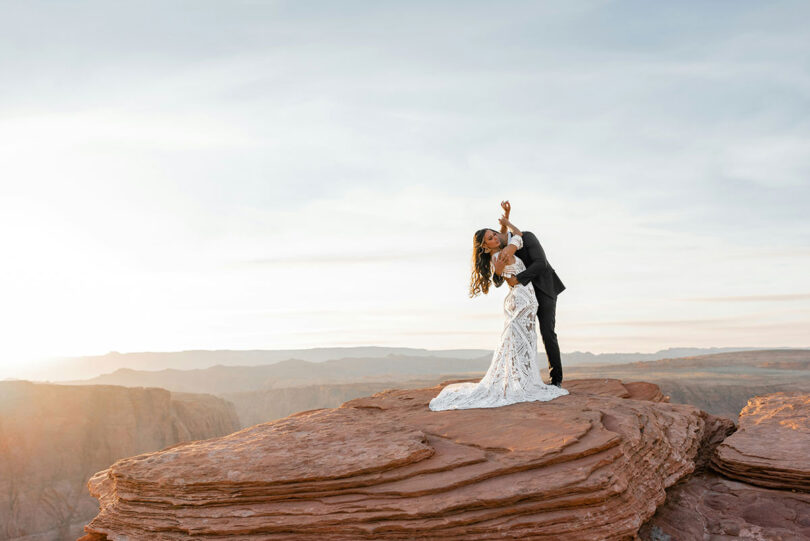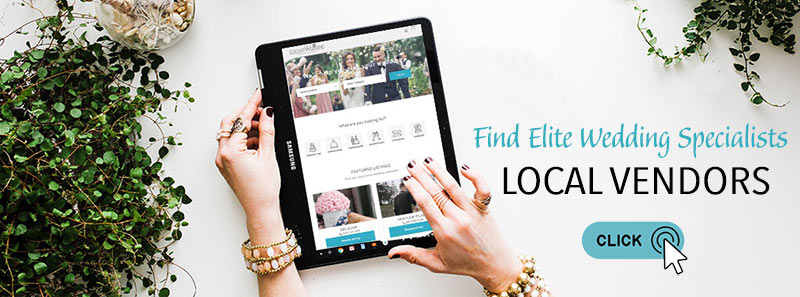There’s a strange kind of magic in old wedding photos. You find them in cracked albums or tucked behind drawers, faded a bit, maybe stuck to the plastic sleeve. But there’s something about them: your parents caught mid-laugh, your grandmother lifted a glass, and someone’s tie was slightly crooked. Those frozen seconds carry more than just light and shadow. They have entire lives that your guests will want to share for years to come. And that’s where transforming wedding photos into modern digital art comes in. It’s not just a fix for old media. It’s a way of keeping those seconds alive in new ways.

Sort Through the Dust and Memories
You don’t need to start big. Just open a box. Look for the ones that stop you for a beat. Maybe it’s a quiet black-and-white shot of two people holding hands. Maybe it’s a flash-lit group photo with everyone squinting. Some images aren’t technically good, but they hit you in the chest. That’s what you’re looking for.
Don’t think of this like work. These photos will trigger happy memories for the rest of your days. You’re not selecting files. You’re choosing moments that deserve a second life. Make a pile. Sit with it. You’ll know which ones matter.
Go Digital or Go Nowhere
Now, those piles of prints, negatives, and slides are just memories until you turn them into files. You can’t play with light, color, and texture on paper. You need digital versions first. But here’s the catch: bad scans ruin the vibe. They stripped away the grain, the glow, and the little accidents that made the photo magic in the first place.
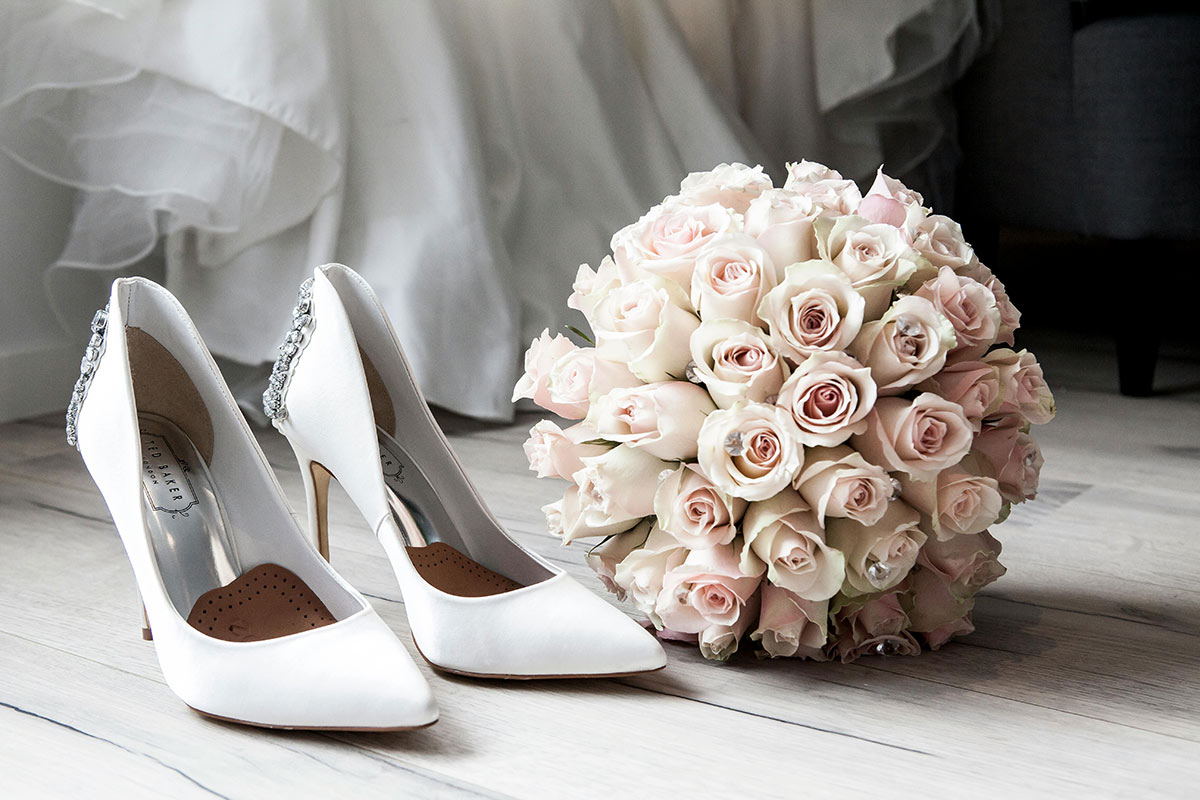
Digitize your wedding memories to preserve them forever.
So don’t use your phone camera on the kitchen table. This is worth doing properly. To preserve image quality and sentiment, use Capture because of its reliability and quality. They specialize in converting legacy formats into high-resolution digital files, making it easier to maintain the photo’s authenticity while unlocking all kinds of creative options. Once everything’s digitized, you’re no longer dealing with fragile, fading paper. You’ve got clean, flexible files ready for transformation.
Pick a Style that Feels Like You
Now comes the fun part. What do you want these moments to become? There’s no rulebook. You can make a digital watercolor, create wall art, slap a VHS glitch effect over it, or overlay it with surreal dreamscapes. Some people go abstract, turning a veil into a swirl of color. Others keep it tight, just sharpening the grain and tweaking the tones.
Think about mood. Was it a wild wedding or a quiet one? Does the image feel romantic, chaotic, or peaceful? Try a few filters. Mess with the contrast. If it feels right, you’re on the path. You don’t need to make every photo into a masterpiece. Even one or two strong pieces can carry the story.
Try It Yourself or Hire Someone Who Gets It
You don’t need to be a designer to get the perfect wedding photos. You can experiment if you’ve got basic tools like Photoshop, Procreate, or even Canva. Just duplicate the original and go nuts. Try a neon overlay. Drop in some bold text. Smudge the edges. If you mess it up, no harm done.
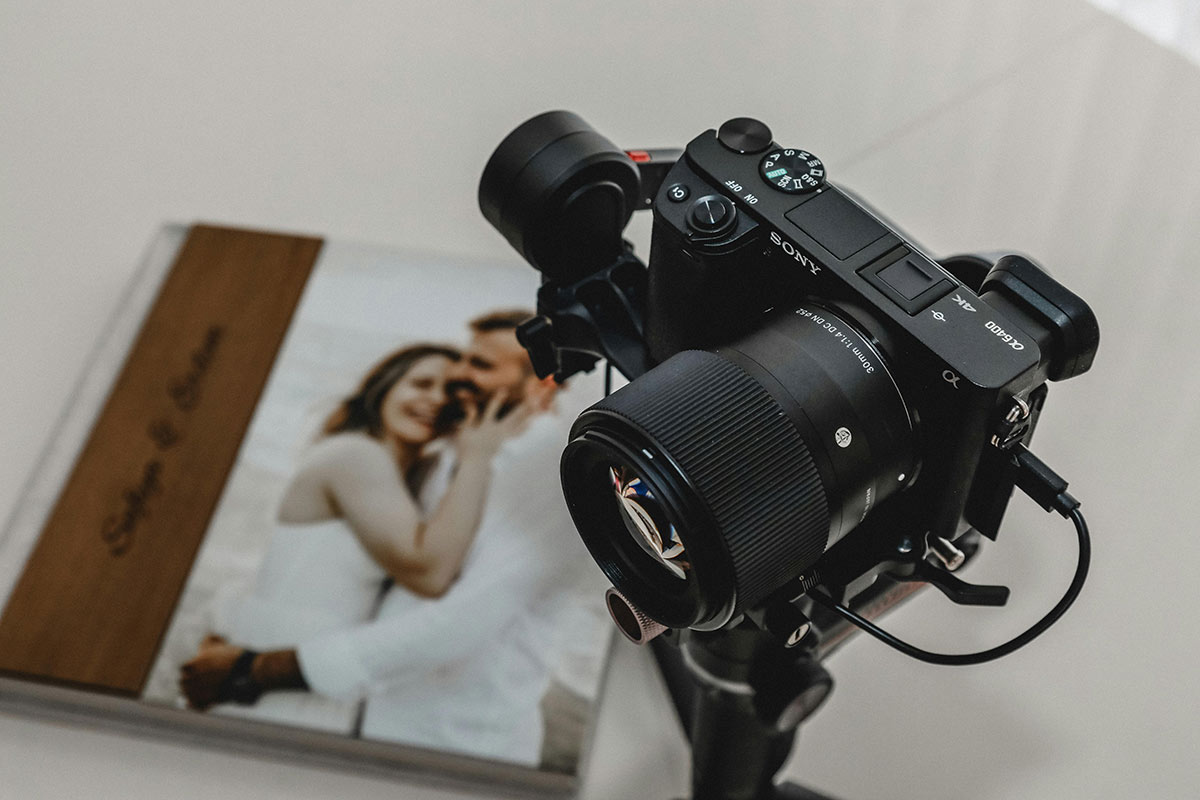
A digital camera on a tripod, above a wedding album on a white surface.
But if you want something polished, tons of freelance artists do this sort of thing all the time. Look through their portfolios. If you see a vibe that matches yours, reach out. A good artist doesn’t just add effects. They’ll pull emotion from the photo and amplify it. That’s where transforming wedding photos becomes personal. You’re not just fixing an image. You’re reshaping the memory.
Also, don’t forget to ask them about licensing. If you plan to share or print the art commercially, maybe as part of a gallery wall, book, or event installation, get clear on who owns the rights to the finished piece. That avoids weird surprises later.
Display It Like You Mean It
So, you’ve got your art. Now what? Please don’t leave it sitting in a folder called “edits-final-FINAL2.” Print it. Frame it. Project it onto a wall. Some people turn theirs into canvas prints. Others get creative with materials like wood, metal, and even fabric.
Consider creating a wall of moments if you’ve made a whole set. A visual timeline. One wedding, five interpretations. You can also gift them. On birthdays, anniversaries, and holidays, people cry over this stuff in a good way.
And don’t sleep on digital frames. Some can rotate through your creations, changing vibe with the time of day or season. Imagine waking up to a stylized version of your parents dancing, or falling asleep to a soft, sepia-toned moment from your big day. Digital doesn’t have to mean cold. It can pulse with warmth if you let it.
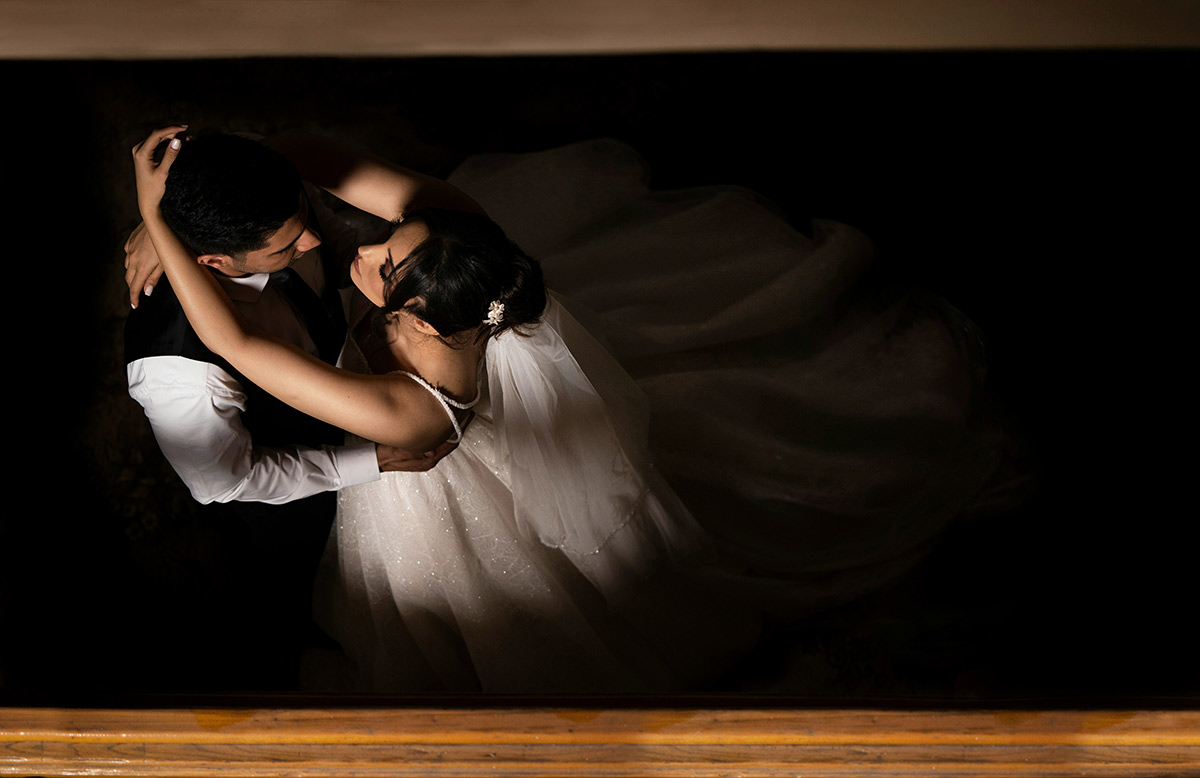
Share the Story Behind the Art
Once your digital art is done, tell people about it. Post the photo, but also post the why. Talk about who’s in it, when it was taken, and what made that moment stick. Art gets stronger when it carries context. That old photo might look cool with filters, but it hits harder when someone knows it was taken right after the ceremony, when your aunt tripped on her heels and started laughing.
You don’t need to write a novel. A few sentences are enough. Just open the door so the people seeing your art feel like they’re in the memory, too.
Bonus: What Not to Do
Here’s what you want to avoid. Over-editing. It’s tempting to crank up every effect, but that usually kills the charm. Let the photo breathe. Don’t smooth every wrinkle or blur every background. Those imperfections? They’re part of the memory.
Also, don’t rely on social media filters. They’re made for speed, not sentiment. And whatever you do, back everything up. Keep originals safe, both digital and physical. Because once you’ve done all this work, the last thing you want is to lose it to a crashed drive.
Closing Thoughts: Let Memory Keep Evolving
Transforming wedding photos isn’t just about style. It’s a way of keeping things fluid. Memories change. What felt ordinary at the time might hit differently now. A quiet smile might feel louder. A background blur might hold a detail you never noticed.
When you take an old photo and turn it into art, you’re saying this matters. You’re giving weight to small moments. And whether you go bold or subtle, digital or printed, you’re really holding onto something while letting it change shape. That’s the balance. That’s the beauty of it. And now, it’s yours to carry forward.

























